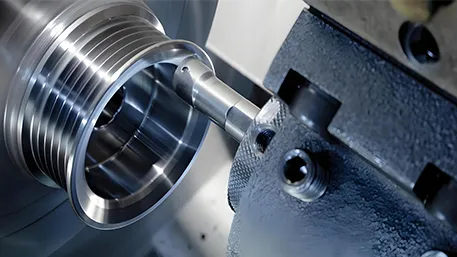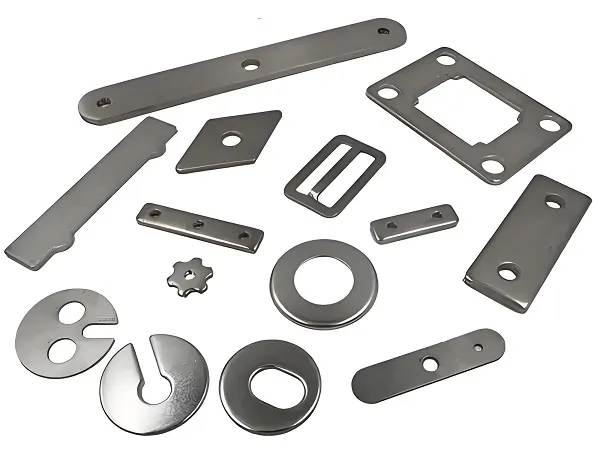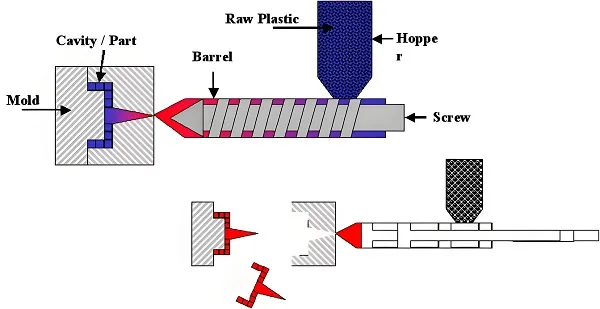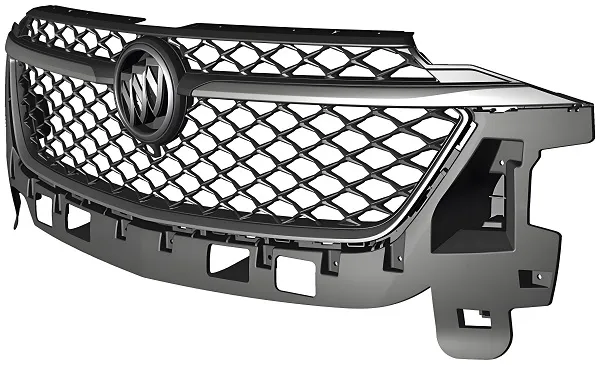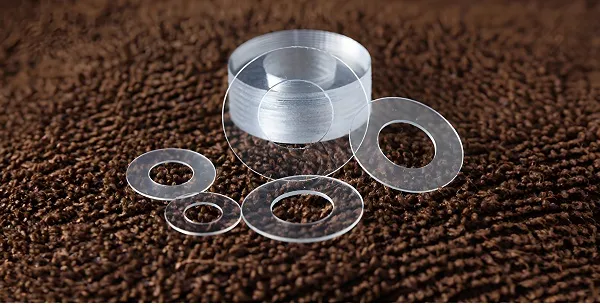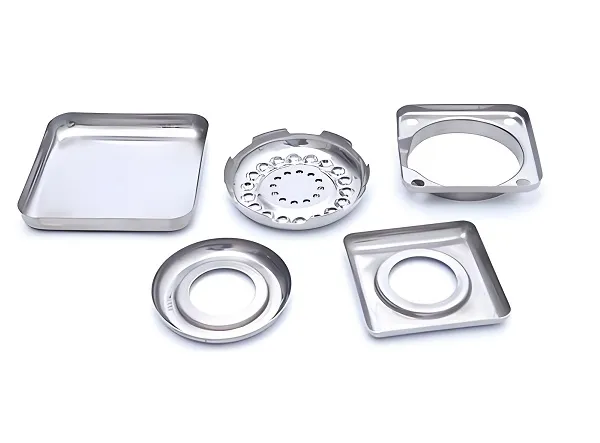Machining is a process in which mechanical equipment is utilized to make changes in the dimensions, shape or properties of a workpiece. The process covers a wide range of techniques and methods designed to process raw materials or semi-finished products into products or parts that meet design requirements. Machining is widely used in automotive, aerospace, electronics, machinery manufacturing and many other fields, is an indispensable part of modern industrial production.

1.Mechanical processing technology principle
The technical principle of machining mainly relies on the cutting, grinding, pulling, drilling and other operations of mechanical equipment on the workpiece. The following are several common machining principles:
Cutting principle: The relative motion between the tool and the workpiece is utilized to cut the workpiece with the cutting edge for the operation of chipping away the material. The tool provides the desired motion by either a push feed or workpiece rotation, and the cutting edge chips away material from the workpiece to form the desired shape and size.
Grinding Principle: Utilizing the relative motion of abrasive particles on the surface of the workpiece, the surface of the workpiece is brought to the required precision and finish by the cutting and rubbing action of the grinding particles on the workpiece material.
Drawing Principle: Through the drawing equipment, the workpiece is stretched under the specified force to form the required shape, such as drawing metal wires and elongated steel.
Drilling Principle: Through rotary movement and forward feeding force, the hole is processed through the cutting edge of the tool to the workpiece, and the chipping chips are excluded at the same time.
2. Customized Machining Products
Machining product customization services usually involve customers providing specific design drawings or requirements, and machining companies customize production according to these requirements. The following are a few key aspects of customized machining products:
Customer communication: customers provide detailed machining drawings, material requirements, quantities and delivery dates and other information.
Program development: machining companies according to customer demand, the development of processing programs, including process routes, equipment selection, cutting parameters, etc..
Quotation and contract: the two sides on the processing program, price, delivery date and so on to reach agreement, sign a procurement contract.
Production and processing: according to the contract requirements, machining enterprises for production and processing, including raw material preparation, rough machining, finishing, heat treatment, assembly and other processes.
Quality inspection: carry out quality inspection on the finished products to ensure that the products meet the design requirements.
Delivery and after-sales service: deliver qualified products to customers and provide necessary after-sales service.
3. Introduction of machining materials
There are a variety of materials commonly used in machining, each of which has its own unique characteristics and scope of application. The following are several common machining materials and their characteristics:
3.1 steel: high strength, high toughness, corrosion resistance, is one of the most commonly used materials in mechanical manufacturing.
Characteristics: good overall mechanical properties, low hardenability, water quenching cracks easily.
Application: mainly used in the manufacture of high strength moving parts, such as turbine impeller, compressor piston.
3.2 Aluminum alloy: lightweight, high strength, corrosion resistance, widely used in aerospace, automotive and other fields.
Characteristics: high plasticity, toughness and welding performance, good cold stamping performance.
Applications: used for general requirements of parts and welded structures, such as tie rods, connecting rods, pins, shafts and so on.
3.3 Copper alloy: excellent conductive material, with good electrical conductivity, thermal conductivity and corrosion resistance.
Characteristics: excellent electrical and thermal conductivity, corrosion resistance.
Applications: widely used in electric power, electronics, machinery manufacturing and other fields.
3.4 titanium alloy: high-performance materials, high strength, low density, corrosion resistance.
Characteristics: high strength, low density, corrosion resistance.
Applications: aerospace, medical, chemical and other fields.
4. Machining product characteristics
The characteristics of machined products depend on its processing materials, processing accuracy and surface quality and other factors. The following are some common machined product characteristics and their data:
Accuracy: Machined products usually have high dimensional and shape accuracy. For example, the dimensional tolerance of certain precision parts can be controlled within ± 0.01mm.
Surface quality: after machining, the surface of the product is usually smooth and flat, and the surface roughness Ra value can reach below 0.8μm.
Strength and hardness: through heat treatment and other processes, the strength and hardness of machined products can be significantly improved to meet the requirements of use under different working conditions.
Wear resistance: machined products after special treatment, such as surface hardening treatment, can significantly improve wear resistance and extend service life.
Customization: Machined products can be customized according to customer needs to meet the needs of different industries and different application scenarios.
Machining FAQ
Q1: What is the minimum order quantity for machining?
A1: The minimum order quantity for machining usually depends on the specific product and customer demand, but many machining companies support small-lot or even single-piece customization.
Q2: What is the lead time for machining products?
A2: The delivery time depends on the complexity of the product, processing difficulty, production scheduling and other factors, generally the delivery time for samples without surface treatment is within 7 days, and the delivery time for samples requiring surface treatment is between 10 and 15 days.
Q3:How to ensure the quality control of machining products?
A3:Machining companies usually have a perfect quality control system, including raw material inspection, process control, finished product inspection and other links to ensure that the product meets the design requirements and quality standards.
Q4: How is the price of machining products determined?
A4: The price of machining products is affected by a variety of factors, including material costs, processing difficulty, production quantities, delivery time and so on. Customers need to provide detailed processing requirements, and the machining company will give a reasonable quote based on these requirements.

